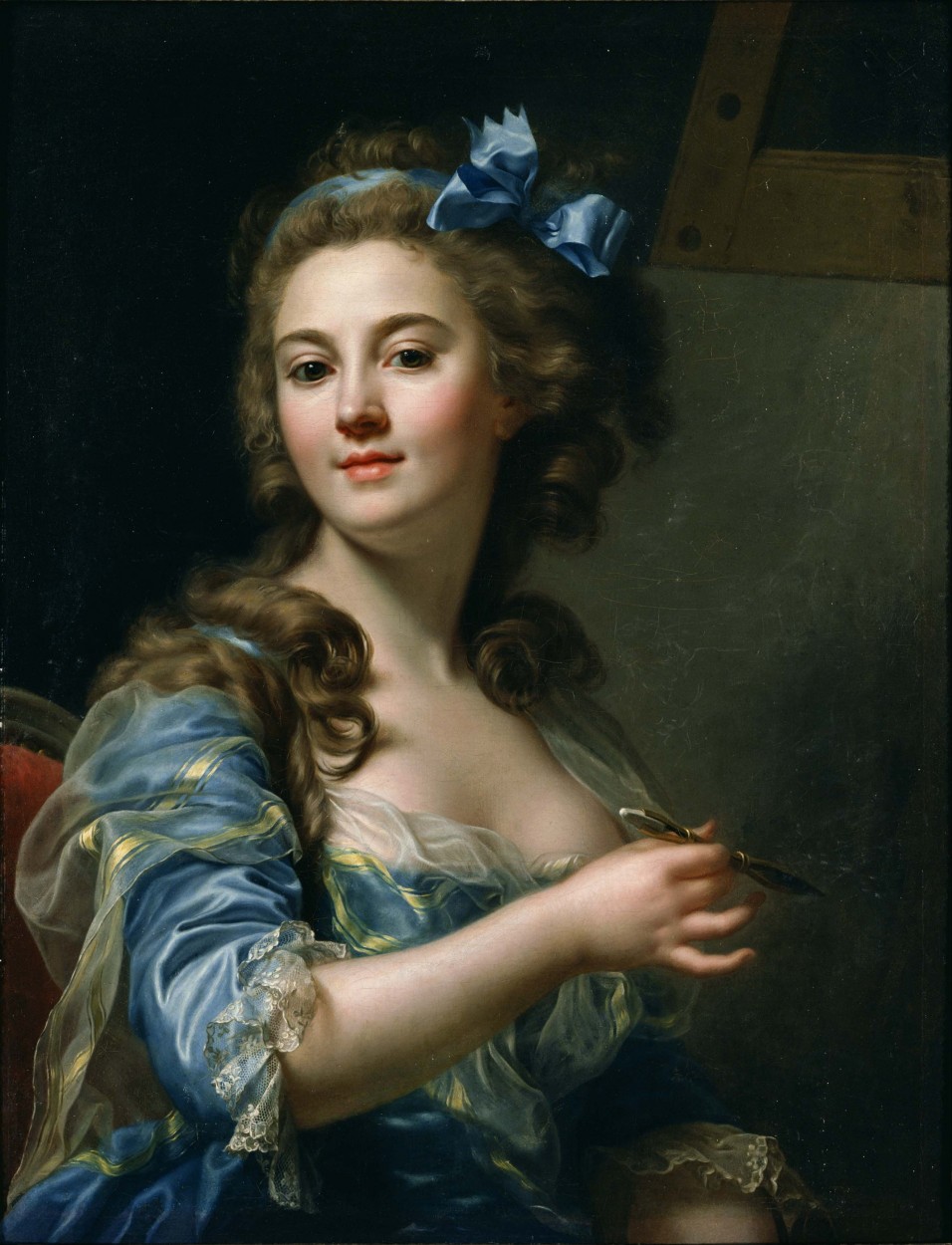COVID 19 has given us all a unique gift: time. This splendid isolation is forcing us all to ask ourselves ‘what would I do if I had more time?’. Now we have time we reflect further and refine the things we would have done into the things we want to do and are doing those things, or so one would hope. I for one had taken up running and long distance cycling as part of Lent. This crisis has only increased my vigour in pursuing both and increased by love for reading and the pursuit of deepening my knowledge of classical music. What has this crisis made you pursue?
On the theme of reflection, I receive each day an artwork from the App Daily Art. Last Sunday, the final Sunday of the app’s Women in Art History Month heralded this offering from French painter Marie-Gabrielle Capet. In this time of isolation, this reflective piece from the artist has a lot to offer all of us.
Marie-Gabrielle came from a modest background and her previous background and artistic training is unknown, but in 1781 she became the pupil of the French painter Adelaide Labille-Guiard in Paris. She excelled as a portrait painter, and her works include oil paintings, watercolours and miniatures. Wikipedia
Observe the delicacy with which she has illustrated her cascading locks of hair on the left shoulder. Note the extraordinary fineness of the fabric sleeve and the way the light and shadow has been captured on the same. Look at the delicacy with which her face is rendered and the perfection of the eye brows, the fixation of her gaze. The softness of the skin is also very well depicted. Personally, I love the way she is holding the brush, as though to remind us that she is an artist. Louise would certainly identify this aspect as self-referential, though not utter garbage, as in her original use of the term when witnessing a rather dreadful play we endured at the Crescent Theatre. Finally, I adore the ribbon in her hair and how expertly she depicts the light finding its way into the ribbon’s folds.
Marie-Gabrielle had evidently attracted the attention of one of the great ladies of French painting, Adélaïde Labille-Guiard, who accepted her as a student in her studio. Marie-Gabrielle soon took precedence over Adélaïde’s numerous other female protégés. There were nine of these in total, collectively referred to as “Les Demoiselles”, and they included the talented Marie-Victoire d’Avril and Marie-Marguerite Carreaux de Rosemond. Art In Society
Perhaps it is symptomatic of being French, but I cannot help but notice Capet has depicted herself in a resplendent light. Compare this to the below, “Study of a Seated Woman Seen from Behind (Marie-Gabrielle Capet)”, 1789 by Adélaïde Labille-Guiard, Capet’s teacher.
This was created using the trois crayons technique, using red, black and white chalk to create a portrait, which Labille-Guiard excelled in. Notice how, though she is now advanced in age compared to the first but the difference is still quite stark. Still, in spite of corporeal differences, the essential grace and composure remains intact. I am impressed by the rendering of fabric once again in the hair and below the shoulder blades.
In this time of isolation, it pays to reflect, as Capet has reflected herself for us the viewers. We can take a page from her book and show ourselves in a brighter light. The old adage says ‘never waste a good crisis’. This has never been more necessary and urgent than today. We have been given the golden gift of time to improve ourselves and use our resources and resourcefulness to assist those in need. Let us, like Capet, reflect ourselves in a better light and come out of this global crisis greater, stronger and healthier in all senses.


